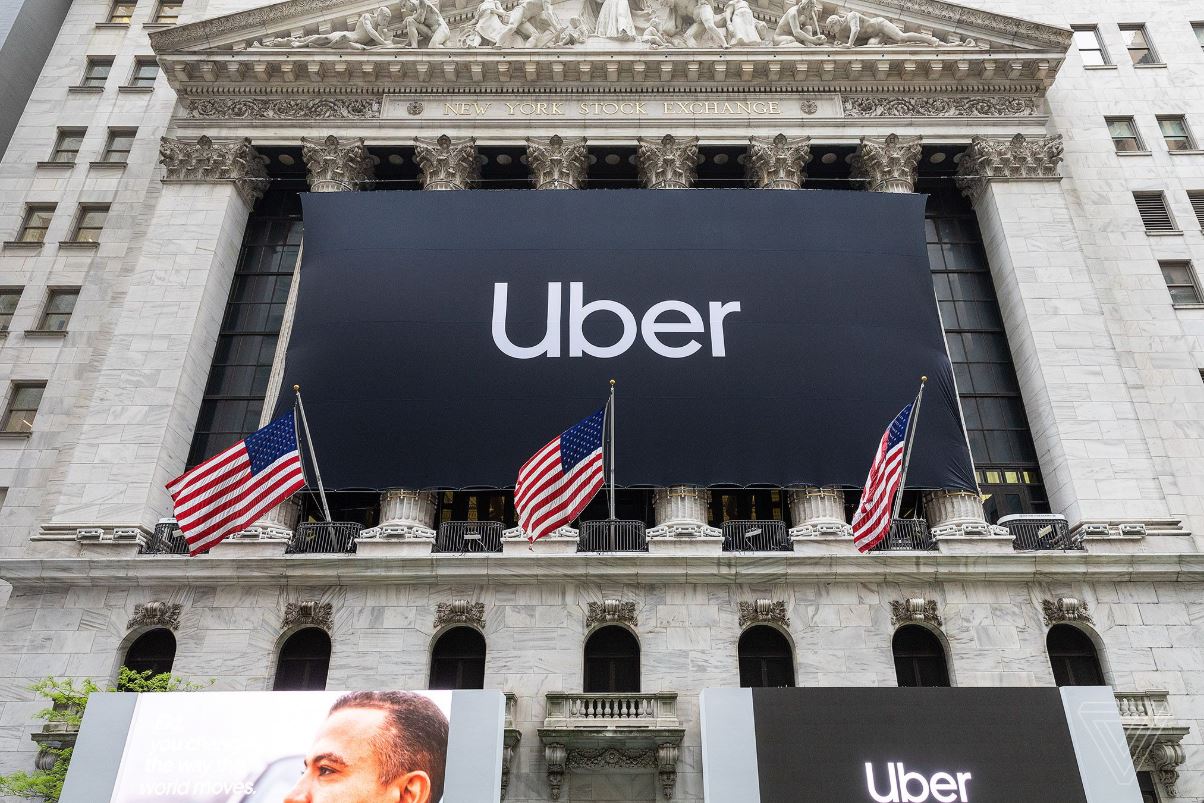The next time you book a ride on Uber, you will be able to book up to three rides simultaneously for yourselves and your contacts. This comes courtesy of the newest feature introduced by Uber, known as concurrent rides. The phased rollout of concurrent rides in India follows its successful introduction in other global markets.
TechCrunch was the first to report on the matter.
To rehash, the concurrent rides feature was first launched quietly last year in several international markets, including the United States. The feature has now been rolled out in India in a phased manner, though Uber has not specified which cities are currently covered.
Before the introduction of concurrent rides, Uber users could only book one ride at a time, needing to complete a trip before requesting another vehicle. This new feature places Uber ahead of its competitors, particularly Ola, which offers the option to book two concurrent rides but with limitations. Ola’s system requires different online payment methods for each ride or necessitates cash payments, whereas Uber’s concurrent rides feature allows for a more seamless booking and payment process.
Once a user books a ride for a guest, Uber provides a detailed trip summary that can be shared through WhatsApp or a text message. This summary includes essential information such as the driver’s name, the vehicle model and registration number, a contact number for Uber to reach the driver, a tracking link for the ride, and a four-digit PIN required to start the trip. This process eliminates the necessity for the guest to have the Uber app, making the service more accessible to a broader range of users, including those without smartphones.
One of the primary benefits is the ability to manage multiple rides simultaneously. Before the introduction of concurrent rides, users had to complete one trip before booking another. This was often inconvenient for those needing to arrange multiple rides in quick succession. The new feature is particularly useful for individuals who need to book rides for family members, friends, or colleagues while arranging their own transportation. For instance, a parent can book a ride for their child to go to school while arranging a separate trip for themselves to work. This eliminates the need to juggle multiple ride-hailing apps or make multiple bookings sequentially, saving time and reducing hassle.
In line with local preferences, Uber allows users to pay drivers directly with cash or through the app. This flexibility is particularly beneficial in the Indian market, where cash transactions remain prevalent. Uber seems to be accommodating of various payment methods, thus potentially attracting more users who may have been deterred by digital payment-only options. It also simplifies the payment process for users booking rides for others, as they can opt for the most convenient payment method for each ride.
The Tech Portal is published by Blue Box Media Private Limited. Our investors have no influence over our reporting. Read our full Ownership and Funding Disclosure →






